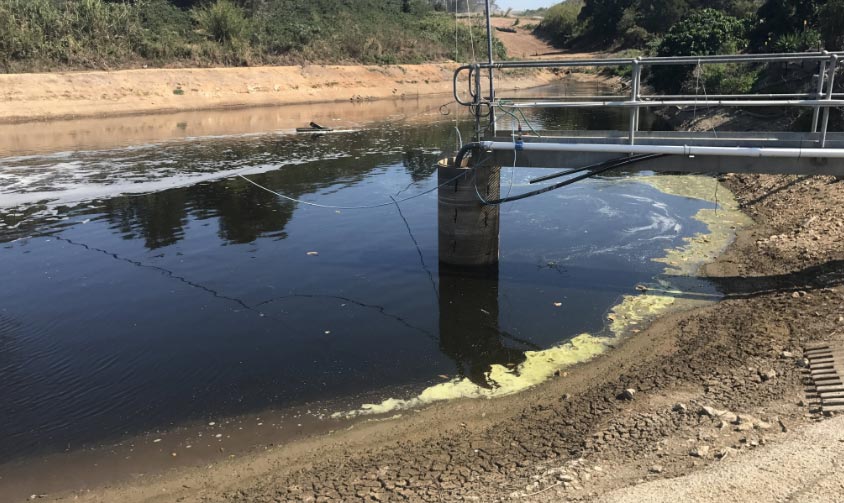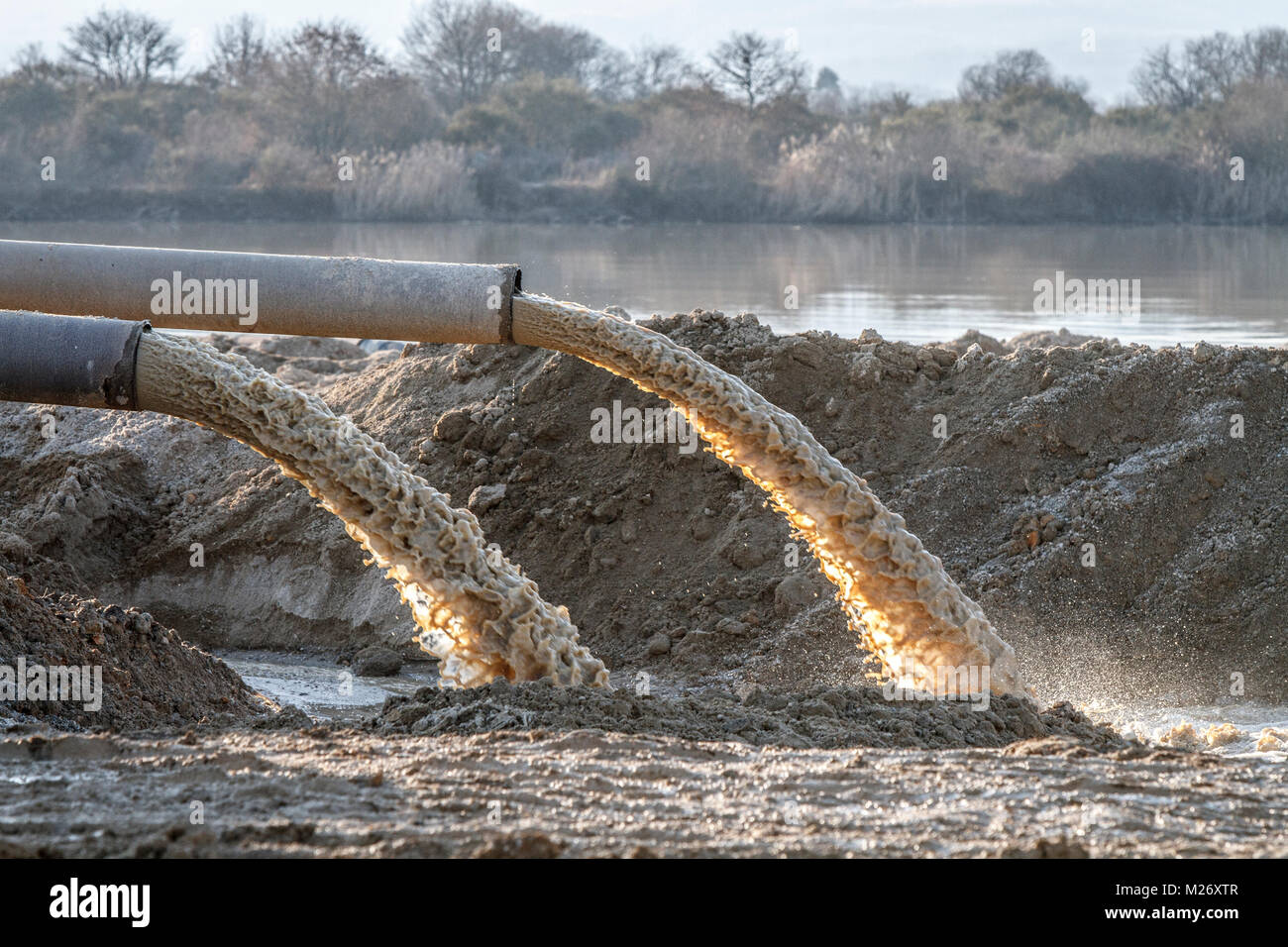Trustworthy Liquid Waste Disposal Melbourne: Safe and Efficient Solutions
Trustworthy Liquid Waste Disposal Melbourne: Safe and Efficient Solutions
Blog Article
Exactly How Liquid Waste Disposal Works: A Thorough Review of Strategies and Technologies Utilized

Overview of Fluid Waste Kind
The complexity of fluid waste kinds requires a comprehensive understanding of their features and implications for disposal. Fluid waste can broadly be categorized right into a number of types, including commercial, municipal, agricultural, and unsafe waste. Each category displays distinctive residential properties, requiring certain monitoring techniques to alleviate ecological and health threats.
Industrial fluid waste originates from producing procedures and usually includes a series of impurities, such as hefty steels, solvents, and organic compounds. Community fluid waste, mostly consisting of wastewater from households and commercial establishments, includes organic matter, nutrients, and microorganisms (industrial wastewater treatment). Agricultural fluid waste, consisting of drainage from ranches, might have plant foods, chemicals, and pet waste, posturing threats to water quality and ecosystems
Hazardous fluid waste is defined by its toxicity, sensitivity, or prospective to cause damage. Comprehending these varied liquid waste kinds is vital for developing efficient disposal approaches and guaranteeing conformity with environmental policies.
Physical Therapy Methods

Testing is the first action, where bigger bits and debris are eliminated from the liquid waste using displays or grates. This procedure shields downstream devices from damage and guarantees smoother operation. Following testing, sedimentation makes use of gravitational force to separate solids from fluids. In sedimentation containers, much heavier bits settle near the bottom, creating a sludge layer, while the made clear liquid can be further dealt with.
Filtration is an additional necessary method that involves passing the liquid with permeable products, such as sand or membranes, to catch smaller particles. This action enhances the top quality of the fluid, making it ideal for subsequent treatment processes.

Chemical Therapy Techniques
Chemical treatment strategies are important for successfully taking care of liquid waste, especially in attending to dissolved and colloidal pollutants that physical techniques might not adequately remove. These techniques utilize various chemical agents to neutralize, precipitate, or transform hazardous compounds right into less unsafe kinds.
One usual method is coagulation and flocculation, where chemicals such as alum or ferric chloride are contributed to advertise the gathering of put on hold bits. This process improves sedimentation, permitting much easier removal of the resulting sludge. Additionally, oxidation processes, using representatives like chlorine or ozone, are utilized to break down intricate natural compounds and pathogens, providing the waste more secure for discharge or additional treatment.
Neutralization is another essential strategy, which changes the pH of acidic or alkaline waste streams to neutral levels, protecting against possible damage to downstream systems and the environment. In addition, advanced oxidation processes (AOPs) use combinations of oxidants and ultraviolet light to degrade relentless pollutants, attaining a higher degree of treatment efficiency.
Organic Treatment Procedures
Biological treatment processes play a critical duty in the monitoring of fluid waste by making use of bacteria to disintegrate raw material and minimize pollutant levels. These processes can be broadly classified right into cardiovascular and anaerobic treatments, each employing specific microbial areas to achieve efficient waste destruction.
Cardiovascular treatment involves using oxygen to promote the failure of natural materials by bacteria. This procedure is generally carried out in triggered sludge systems, where aeration containers supply a favorable environment for microbial development, causing the oxidation of organic pollutants. The resultant biomass can be divided from treated effluent via sedimentation.
In comparison, anaerobic treatment takes place in the absence of look here oxygen, counting on different germs to break down raw material. This approach is particularly useful for high-strength waste, as it creates biogas, a renewable resource resource, while minimizing sludge production. Technologies such as anaerobic digesters are regularly utilized websites in industrial and municipal applications.
Both anaerobic and aerobic biological treatments not only lessen the environmental influence of fluid waste however also assist in resource recovery, making them important elements of lasting waste management approaches. Their efficiency, effectiveness, and flexibility sustain their widespread application throughout numerous sectors.
Emerging Technologies in Disposal
Cutting-edge methods to liquid waste disposal are swiftly progressing, driven by innovations in modern technology and an enhancing emphasis on sustainability. Amongst these arising modern technologies, membrane bioreactors (MBRs) have gotten grip for their capability to combine biological therapy with membrane filtration, causing high-grade effluent that can be reused in different applications. MBRs enable smaller footprints and much more reliable operations contrasted to traditional systems.
An additional appealing advancement is using anaerobic food digestion integrated with nutrient recovery technologies, which not just treats liquid waste however likewise produces biogas and recuperates valuable nutrients like nitrogen and phosphorus. This dual advantage boosts source effectiveness and minimizes environmental effect.
In addition, progressed oxidation procedures (AOPs) are being taken on for the degradation of intricate natural toxins. These approaches utilize powerful oxidants and catalysts to break down contaminants at the molecular level, supplying an extremely reliable remedy for tough waste streams.
Additionally, the assimilation of expert system and machine knowing in waste administration systems is maximizing operational effectiveness and anticipating upkeep, causing reduced costs and enhanced environmental conformity. These technologies reflect a considerable change towards even more sustainable and effective liquid garbage disposal practices.
Verdict
In conclusion, reliable liquid waste disposal demands a comprehensive understanding of different techniques and modern technologies. The integration of physical, chemical, and biological therapy methods guarantees the reliable monitoring of diverse waste types. Additionally, the appearance of cutting-edge innovations improves treatment effectiveness and advertises sustainability in waste management techniques. By continually progressing these methods, it becomes feasible to deal with the expanding obstacles associated with fluid waste, inevitably adding to environmental management and resource recuperation.
Fluid waste disposal is an important facet of ecological monitoring, requiring a thorough understanding of various strategies and modern technologies customized to different waste types. Liquid waste can broadly be categorized into several types, including industrial, municipal, agricultural, and hazardous waste. Agricultural liquid waste, consisting of drainage from ranches, might have plant foods, chemicals, and pet waste, posing risks to water quality and communities.
Various physical treatment approaches play a critical role in taking care of fluid waste successfully - industrial wastewater treatment.In final thought, effective liquid waste disposal demands a thorough understanding read this of different methods and technologies
Report this page